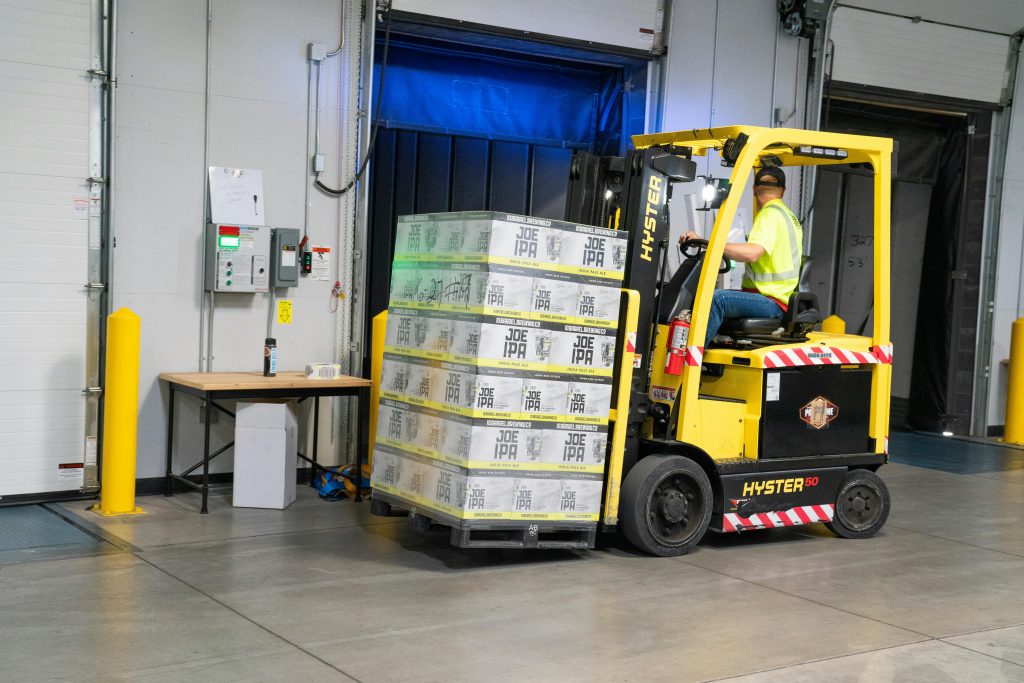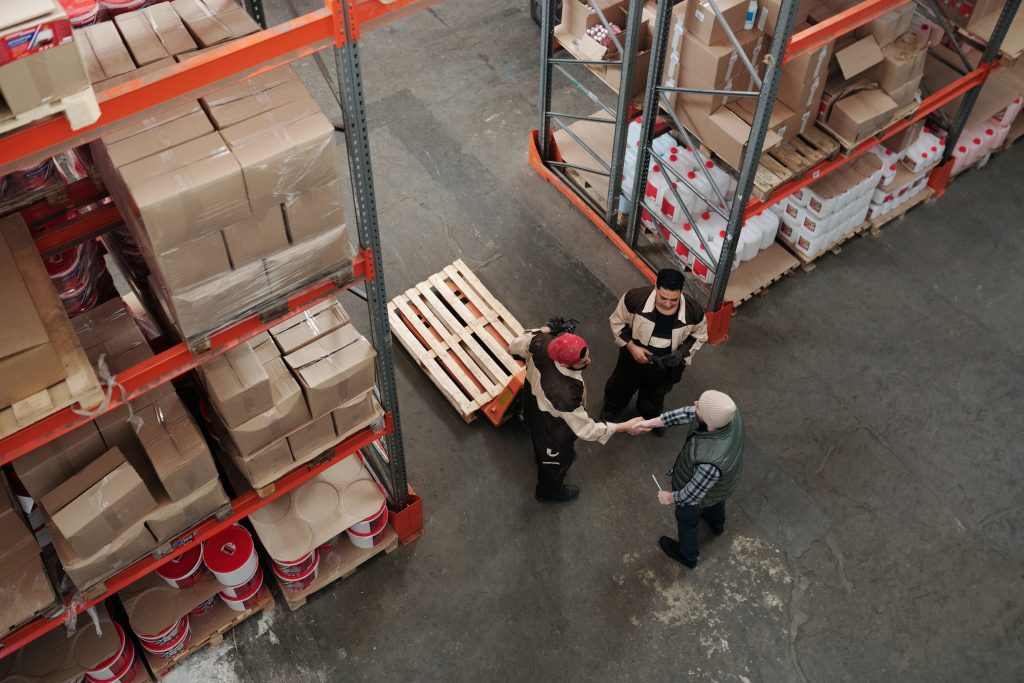- Modern warehouses are dynamic and efficient hubs of productivity.
- Electric forklifts have replaced gas-guzzling lift trucks, providing ease of maneuverability and contributing to a greener footprint.
- These electric vehicles also enhance efficiency with minimal maintenance required.
- Incorporating electric forklifts into warehouse operations showcases a commitment to sustainability.
- Innovative technology, such as real-time inventory management systems and automation, revolutionizes warehouse operations.
Have you ever wondered what drives the heart of commerce and keeps the global economy ticking? The warehouses are the pivotal hubs where products begin their journey to your doorstep. But these aren’t the dusty, hollow spaces of the past.
Today, we’re witnessing a transformation, a surge in efficiency redefining the essence of storage and distribution. Modern warehouses are not just about storing goods; they’re dynamic powerhouses of productivity. They utilize cutting-edge technology and innovative practices to ensure that every item, big or small, reaches its destination faster, safer, and smarter than ever.
The Rise of the Electric Forklift
Imagine walking into a warehouse — the air is clear, the space is vast, and there’s a smooth hum of machinery in the background. Gone are the days of clunky, gas-guzzling lift trucks. In their place, electric forklifts glide across the floor of facilities in warehouses and beyond, their ease of maneuverability complementing the fast-paced environment. These silent workhorses are the unsung heroes of the warehouse, charging ahead to move mountains of merchandise without so much as a puff of exhaust.
In the heart of Singapore, where efficiency is paramount, adopting electric forklifts has become a testament to the city’s forward-thinking approach. These machines are not just about going green; they represent a commitment to peak operational productivity.
Enhanced Efficiency with Electric Forklifts
When you step into the role of a warehouse manager, you’re always looking for ways to hit that sweet spot between speed and safety. Electric forklifts have become a cornerstone in achieving this balance. Unlike their fuel-driven predecessors, these electric variants are designed for optimal performance with minimal maintenance.
They can zip through aisles with agility, turn on a dime, and lift loads with steady, quiet confidence. For you, this means tasks that took hours can now be completed in minutes, and the machines are ready to go again with a quick battery swap or charge.
Sustainability Meets Productivity

Now, let’s talk about a greener footprint, something that’s becoming increasingly important in every industry. Electric forklifts are champions of eco-friendly operations, significantly reducing the carbon footprint of warehouses.
By incorporating these vehicles into your workflow, you’re not just streamlining operations but also positioning your business as a leader in sustainability. This commitment to the environment can be a powerful part of your brand’s story, resonating with customers and stakeholders who value corporate responsibility.
Integrating Smart Technology for Better Workflow
As we delve deeper into the anatomy of modern warehouses, we find that intelligent technology is the nervous system that keeps everything functioning seamlessly. Integrating these innovative solutions into warehouse operations is revolutionizing how businesses track and handle inventory, from RFID tags to advanced management software.
With the click of a button, you can now access real-time data, make informed decisions, and anticipate needs before they become urgent. This isn’t just an upgrade; it’s a complete overhaul of the traditional warehousing model, paving the way for unprecedented productivity levels.
Real-Time Inventory Management Systems
The days of manual counts and guesswork are long gone. In their place, real-time inventory management systems offer a clear view of every product at every stage. These systems provide instant updates and alerts, allowing you to manage stock levels accurately. Overstocking and understocking become problems of the past, as you’re now working with data as live and dynamic as your marketplace.
Automated Systems and Robotics
In the pursuit of productivity, automation stands out as a key player. Robotics and automated systems take on repetitive, time-consuming tasks, freeing up your human workforce for more complex, value-added activities.
Imagine drones conducting inventory checks and robots preparing orders for shipment — these are not scenes from a sci-fi movie but realities in today’s cutting-edge warehouses. The beauty of automation is that it scales with your business, providing a flexible solution that grows in tandem with your operations.
Training and Development for a Skilled Workforce

Amidst all the technological advancements, the human element remains crucial. A skilled workforce is essential to harness the full potential of these modern tools.
Investing in training and development ensures that your team is familiar with the new technology and proficient in leveraging it to boost productivity. This investment in your people is as significant as the investment in technology, as it’s the combination of the two that genuinely powers productivity in the modern warehouse.
Final Thoughts
In closing, the landscape of warehousing is shifting at an exhilarating pace. By embracing electric forklifts, innovative technology, and a skilled workforce, modern warehouses are not just keeping up — they’re setting new benchmarks in productivity.
As you charge ahead in this dynamic environment, remember that each innovation, each piece of technology, and each skilled worker in your warehouse is a cog in the productivity powerhouse propelling the supply chain forward. Welcome to the future of warehousing, where productivity is not just a goal but an ongoing journey of improvement and efficiency.


